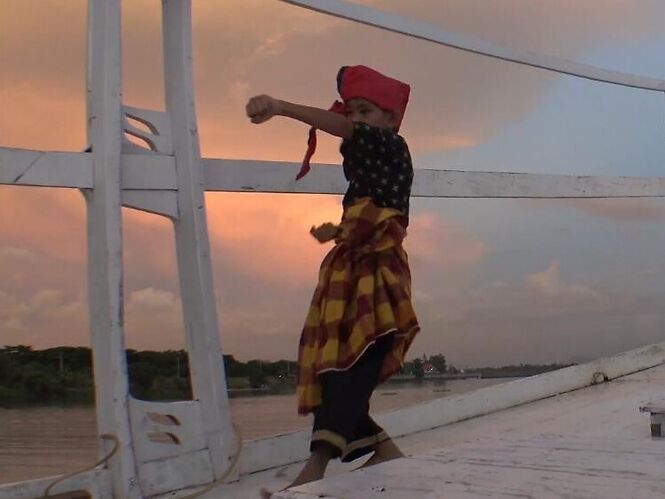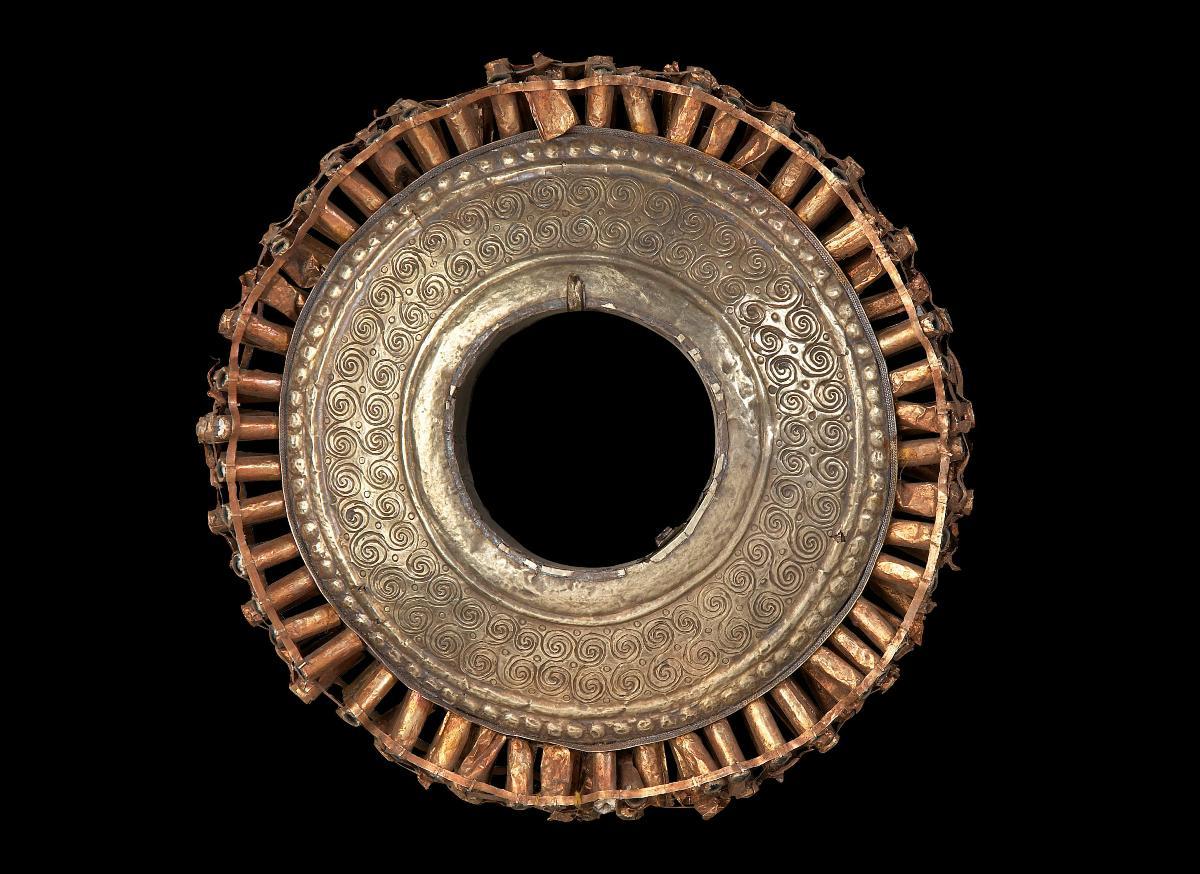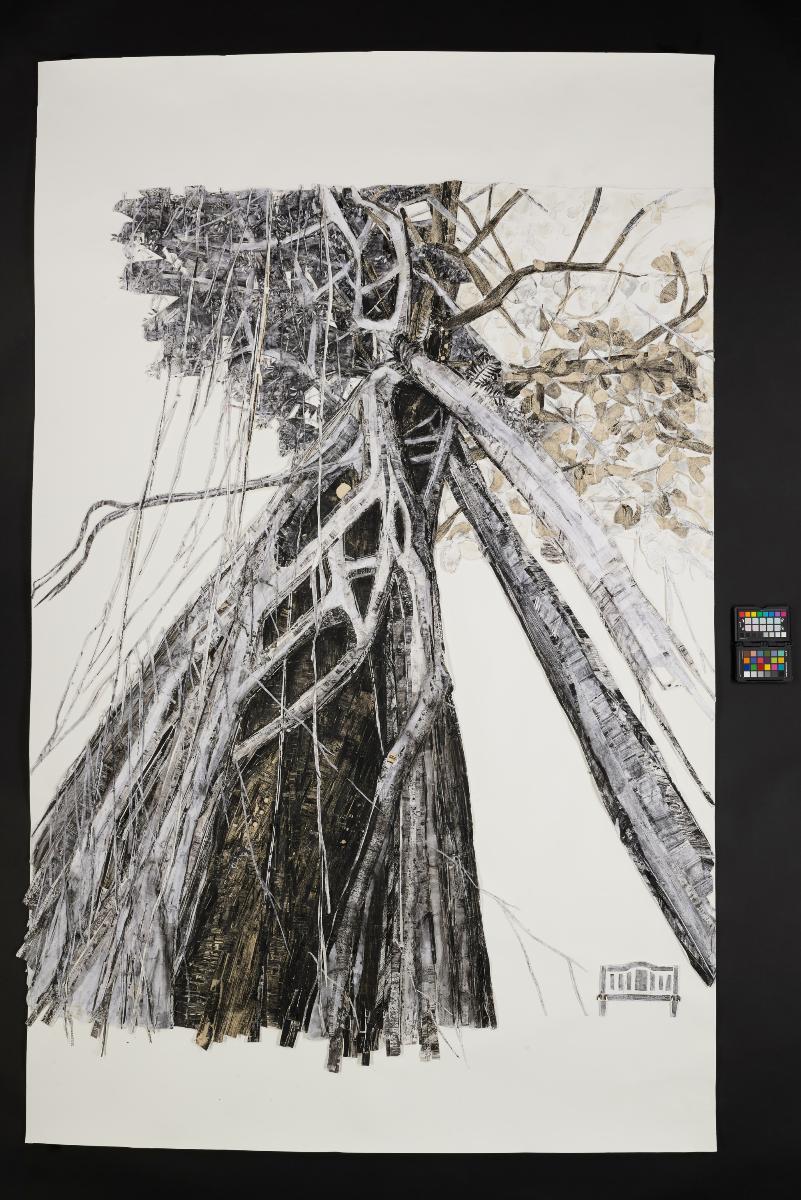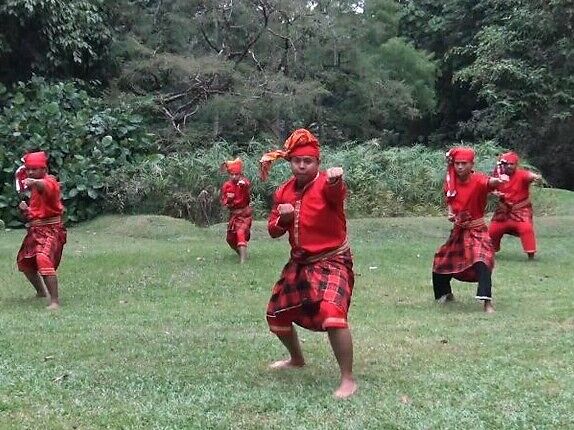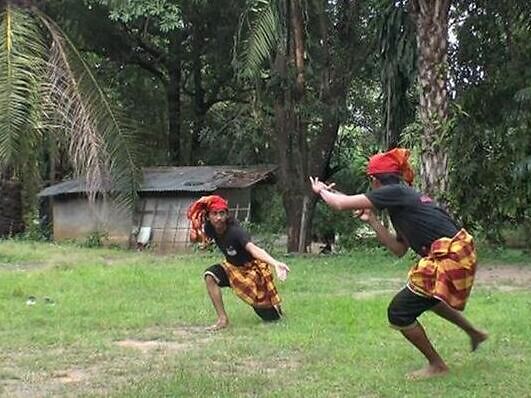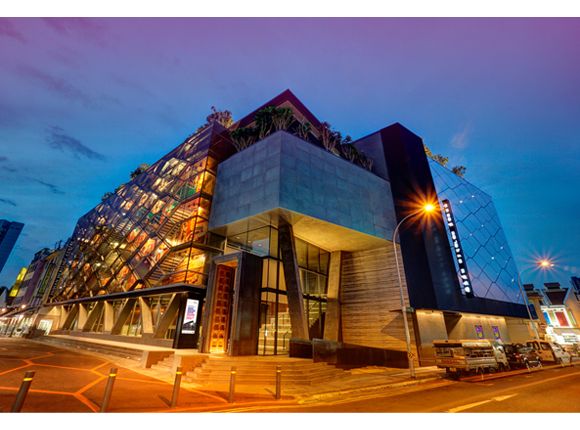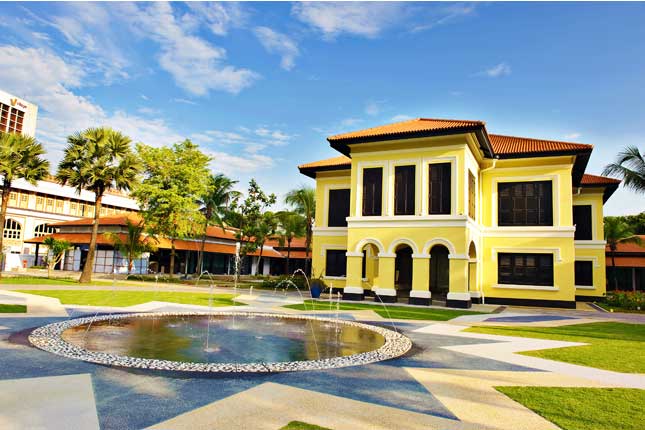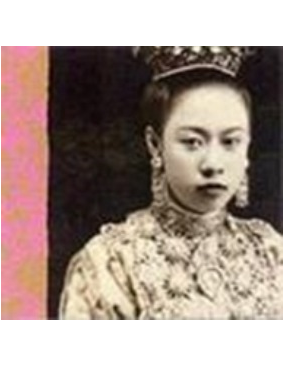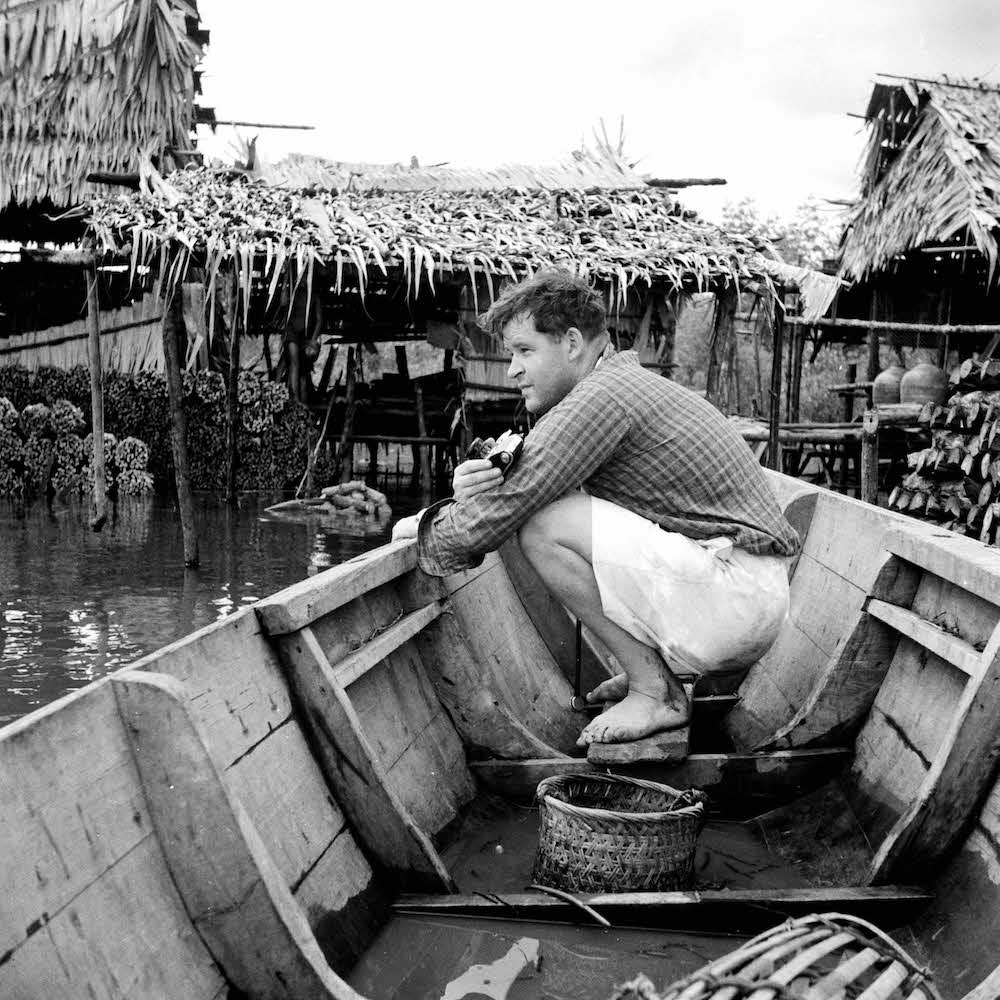For centuries, the political, cultural and economic development of Southeast Asian communities have been greatly influenced by migrants and sojourners from within and outside the region. The Bugis have had a great impact on the political, cultural and economic development of Singapore and Southeast Asia during the pre-colonial and colonial periods. Apart from economic and cultural prowess, the Bugis were also known for their martial prowess. As early as 1699, Bugis princes and warriors were crucial in negating Raja Kecil of Siak’s attempt to usurp the Johor-Riau-Lingga throne. The connection between Bugis and Malay rulers was sealed with the Persetiaan Marhum Sungai Baru (Oath of Sungai Baru) in October 1722, a mutual assistance pact which led to the Bugis becoming more active in the warfare and politics of Malay kingdoms in the 18th and 19th centuries.
However, what is not as well-known is how these Bugis warriors from Sulawesi fought in the Malay world and in various parts of Southeast Asia. Many are sojourners to Southeast Asia and the descendants of these sojourners still remember the legacy of historical exchange and cultural interaction with the communities that they have interacted with.
This project aims to take a small step in fulfilling these research gaps to better understand the fighting systems of the various Bugis and Makassar silat schools from Sulawesi. It does so in pursuit of a better understanding of how these communities could have fought in the past.
The results can be seen through the writeups and short videos that document the silat moves and background of the various Bugis and Makassar silat schools of Sulawesi interviewed for the project. Although the COVID-19 pandemic has disrupted further research efforts, it is hoped that more research can be conducted once the pandemic is over to further ascertain the veracity of these memories. Click here for a list of further reading references.
Babaeja Bantaeng (Bugis, Sulawesi)
Bantaeng Regency is located in South Sulawesi, Indonesia. The Babaeja Bantaeng silat school style derived from this part of Sulawesi is inspired by the characteristics of animals that are fierce and unrelenting. In the olden days, the Babaeja Bantaeng silat style was performed for Bantaeng royalty on ceremonial occasions. This silat style has special significance for the research project due to its sociocultural connections with Singapore.
Barani Maurilingi Bantaeng (Bugis, Sulawesi)
The Barani Maurilingi Bantaeng silat school has a long history that dates back to the 18th century. This silat school’s style is derived from the pendekar warriors led by Daeng Padupa, who is remembered by some communities in Sulawesi as a prince and trader who went to Singapore in the 18th or 19th centuries. This silat style has special significance for the research project due to its historical connections with Singapore.
Jala Rabanna Bantaeng (Bugis, Sulawesi)
The Jala Rabanna Bantaeng silat school’s style originates from the island of Pejenekan in Sulawesi, Indonesia. This is the island where some believe that the pendekar warriors of Daeng Padupa, who is remembered by some communities in Sulawesi as a prince and trader who went to Singapore in the 18th or 19th centuries. This silat style has special significance for the research project due to its historical connections with Singapore.
Benteng Bassia (Bugis, Sulawesi)
The Benteng Bassia silat school style is suited for use in battles on both land and sea. Students are taught the secrets of boarding ships by using a plank, and fighting in narrow spaces on ships. The students are also taught self-defence moves, how to analyse an opponent’s intentions and the effects of each strike they make. This silat style has special significance for the research project due to its sociocultural connections with Singapore.
Manca Bawa Kareng (Bugis, Sulawesi)
The Manca Bawa Kareng silat style is a martial arts style that originates from the pendekar warriors of Bantaeng in South Sulawesi, modern-day Indonesia. This silat style is based on the movements of the tiger and focuses on taking the initiative in the attack and defeating the enemy totally. It is usually performed at ceremonies and formal occasions in South Sulawesi. This silat style has special significance for the research project due to its sociocultural connections with Singapore.
Menca Sangge (Bugis, Sulawesi)
The exact origins of the Menca Sangge silat style are unknown, but legend has it that many Sulewatang (Vice-Regal authorities) throughout the kingdom of Bone in modern-day Indonesia would come and perform the art in the royal gelanggang (silat arena) in front of the king. Variations of the Menca Sangge style are still practiced today by Sulewatang descendants in Singapore and Perak in Malaysia. This silat style has special significance for the research project due to its sociocultural connections with Singapore.
Unru Pitu Akeleng Wajo (Bugis, Sulawesi)
The Unru Pitu silat style places emphasis on instinct-based techniques. It encompasses seven basic movements, takedown moves and a special 4-direction movement that facilitates fighting efficiency. This silat style has special significance for the research project due to its sociocultural connections with Singapore.
Sendeng Semperen Tujuh (Bugis, Sulawesi)
Semperen Tujuh is a relatively new martial arts school that was established in the 1980s. It focuses on self-defense, with the school’s students being grounded in values like humility, morality and self-control. This silat style has special significance for the research project due to its sociocultural connections with Singapore.
Assigio (Makassar, Sulawesi)
The Assigio silat school’s style is characterized by fast and explosive movements like hand and feet strikes to engage an opponent. It places emphasis on pre-empting the enemy’s moves to achieve victory. This silat style has special significance for the research project due to its sociocultural connections with Singapore.
Embayya Ri Bontolanra (Makassar, Sulawesi)
The Embayya Ri Bontolanra silat school’s style originates from Makassar, Indonesia. It combines Chinese martial arts and Manca (Makassar silat), and can be argued to be a reflection of Makassar’s cosmopolitan nature and its port, which has attracted traders from all over for centuries. The Embayya Ri Bontolanra silat style has a historical connection with Singapore as it was once taught in Singapore. Although this silat style has since disappeared from Singapore, it still continues to thrive in Makassar through the silat schools there.
Ikatan Pencak Silat Sulawesi (Makassar, Sulawesi)
The Ikatan Pencak Silat Sulawesi silat school’s style dates back to the 16th century. It is a prominent silat tradition with links to the ancient kingdom of Gowa in modern-day Makassar, Indonesia. The school’s silat style is characterised by practical moves and a focus on countering the opponent’s moves with speed and agility. Students are also taught how to better focus and control their emotions to channel their inner energies towards silat and to achieve victory. This silat style has special significance for the research project due to its historical connections with Singapore.
Ikatan Perguruan Silat Budaya Makassar (Makassar, Sulawesi)
The Ikatan Perguruan Silat Budaya Makassar silat school’s style is characterised by fluid movements, and a focus on humbleness. It is a style of Manca (Makassar Silat) that has existed for well over a century. Students are taught that the school’s moves are to be used only in self-defense and never against vulnerable or weak people. This silat style has special significance for the research project due to its historical connections with Singapore.
Kalase’rena Gowa (Makassar, Sulawesi)
The Kalase’rena Gowa silat style originates from the Gowa district of South Sulawesi, Indonesia. This silat style is accompanied by traditional silat music, with the silat moves following the music rhythm. This silat style has special significance for the research project due to its historical connections with Singapore.
Manca Datu Lapang Gowa (Makassar, Sulawesi)
The Manca Datu Lapang Gowa silat style originates from Makassar, Indonesia. According to local folklore, this silat style was once taught in Siglap, Singapore by Daeng Temalalang, the grandfather of the current guru, Daeng Bategunung, during the mid-20th century. The school’s silat style is a combination of martial arts moves passed down through the family and the silat moves learnt from other silat groups in Makassar, Indonesia. This silat style has special significance for the research project due to its sociocultural connections with Singapore.
Manca Paddang Tana Doang Selayar (Sulawesi)
The Manca Paddang Tana Doang Selayar silat style originates from Kajang in South Sulawesi, Indonesia. The school’s silat style is characterized by the accompaniment of a sword as part of its moves. Its founding guru, Daeng Muhammad Salleh, started teaching his school’s signature silat moves to 20 students in Selayar after Indonesia’s independence in August 1945. The pool of disciples soon expanded in the years after 1945 to include students from Singapore and other parts of Indonesia like Java and the islands of Bawean, Bangka and Belitung. This silat style has special significance for the research project due to its sociocultural connections with Singapore.
Manca Sipakalabbiri Gowa (Makassar, Sulawesi)
The Manca Sipakalabbiri Gowa silat style is characterised by Sipakalabbiri, a style dating back to the 15th century. It is characterised by the use of empty hand strikes and the use of weapons like the tombak (spear), badik (dagger) and parang (knife) in combat. This silat style has special significance for the research project due to its sociocultural connections with Singapore.
Pusaka Nusantara Abbulo Sibatang Gowa (Makassar, Sulawesi)
The Pusaka Nusantara Abbulo Sibatang silat style originates from Makassar, Indonesia. This silat style is said to have been originally practiced by royal cooks who specialised in making dodol, a coconut-based dessert popular in Singapore, Malaysia and Indonesia. The jurus (strikes) draw inspiration from the moves involved in making dodol. According to local folklore of some communities in Sulawesi, these cooks were originally from Palembang in Sumatra, and are also thought to have been followers of Parameswara, the legendary figure in the history of Singapore who established the Kingdom of Singapura (1299-1398). Hence, this silat style has special significance for the research project due to its historical connections with Singapore.
Rampa Appaka Abbulo Sibatang (Makassar, Sulawesi)
The Rampa Appaka Abbulo Sibatang silat style originates from Makassar, Indonesia. This silat style is characterised by animal-based movements of the tiger and eagle, and elements of Chinese and Bugis martial arts. This silat style has special significance for the research project due to its sociocultural connections with Singapore.




